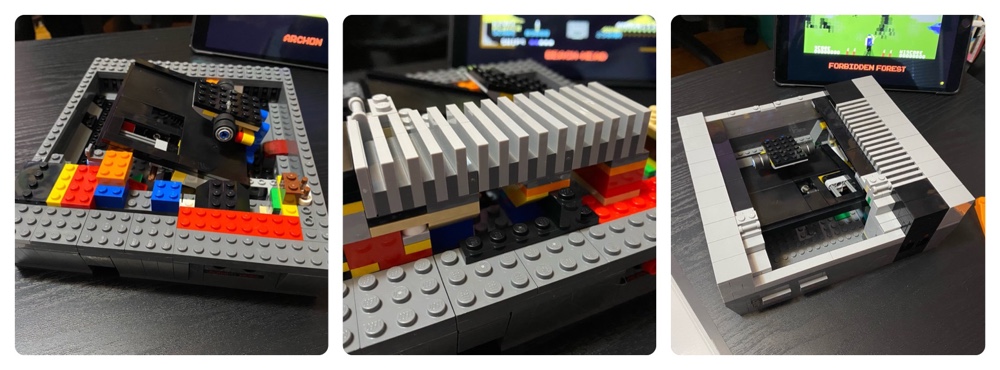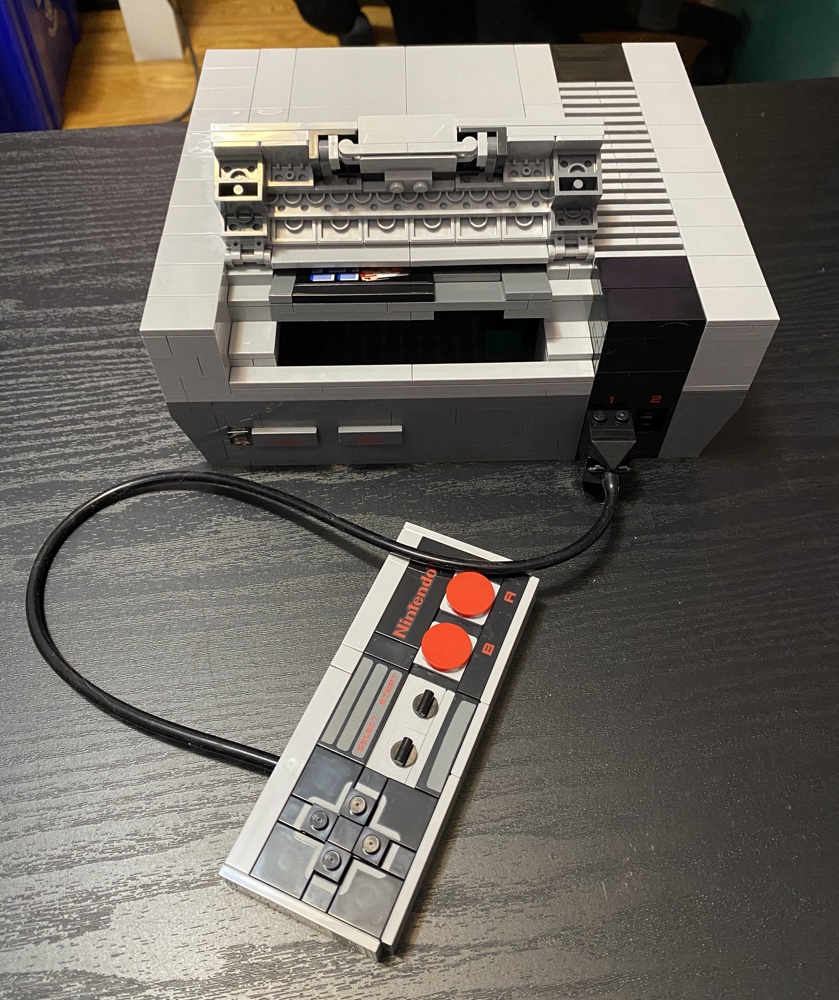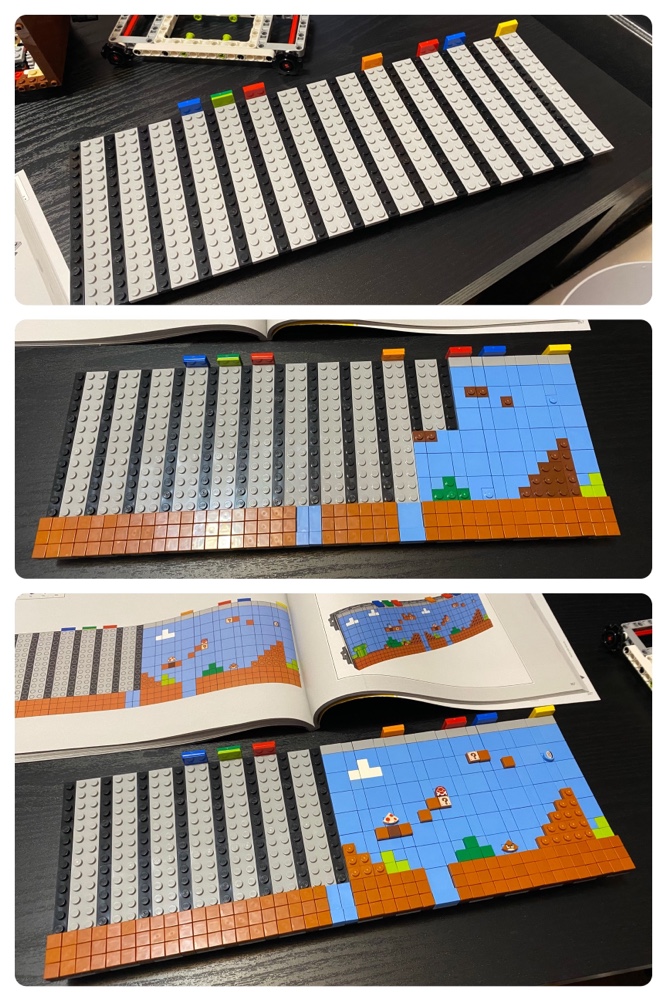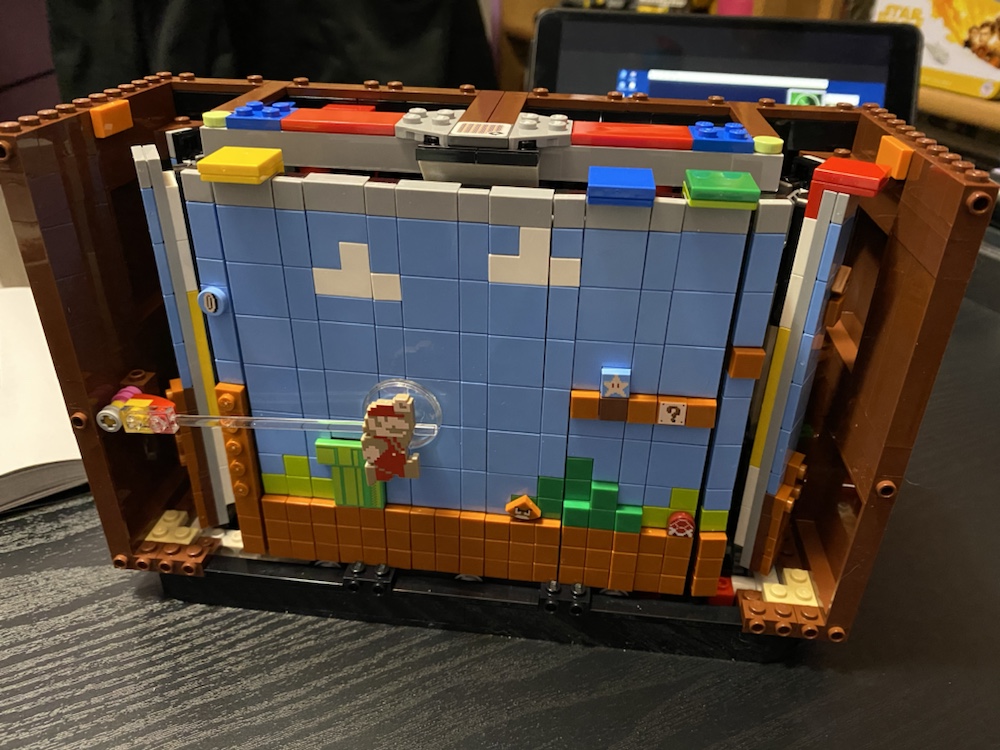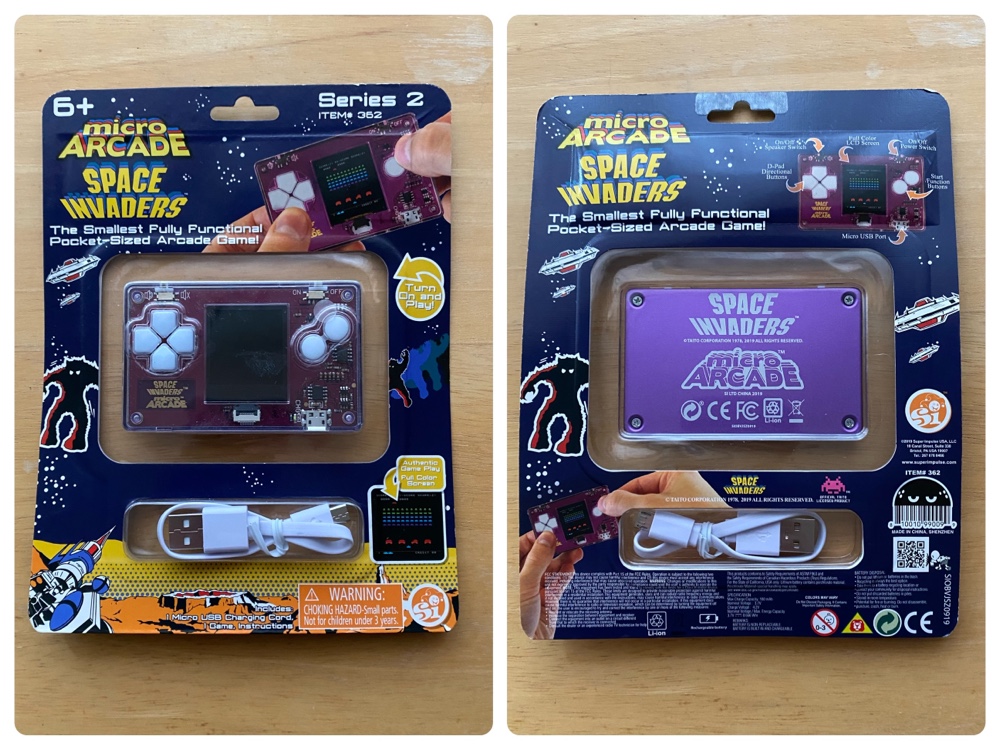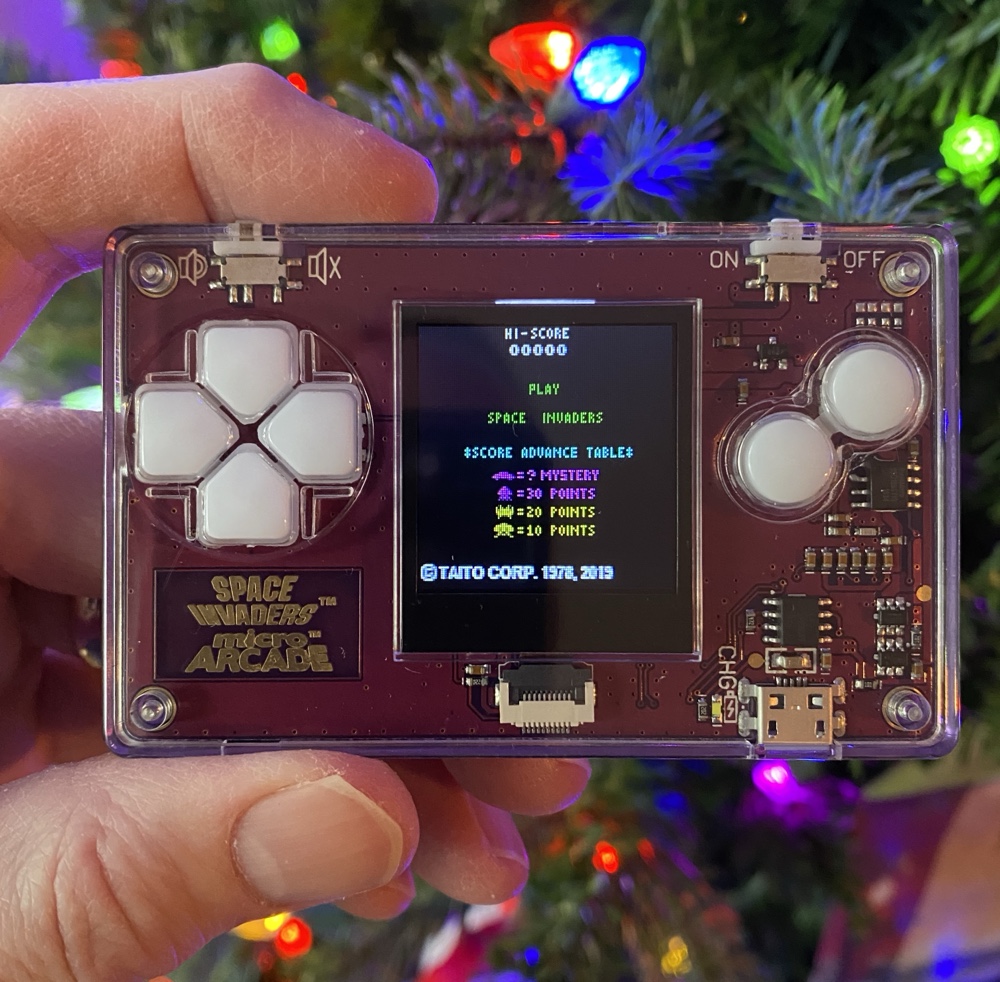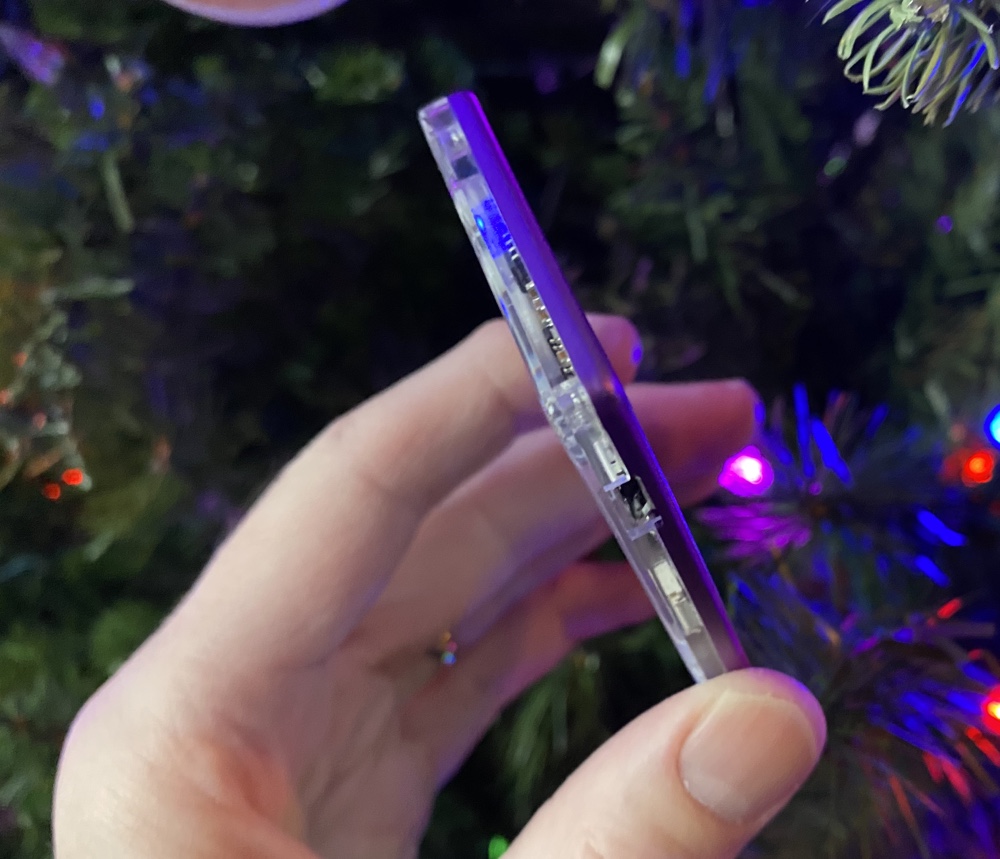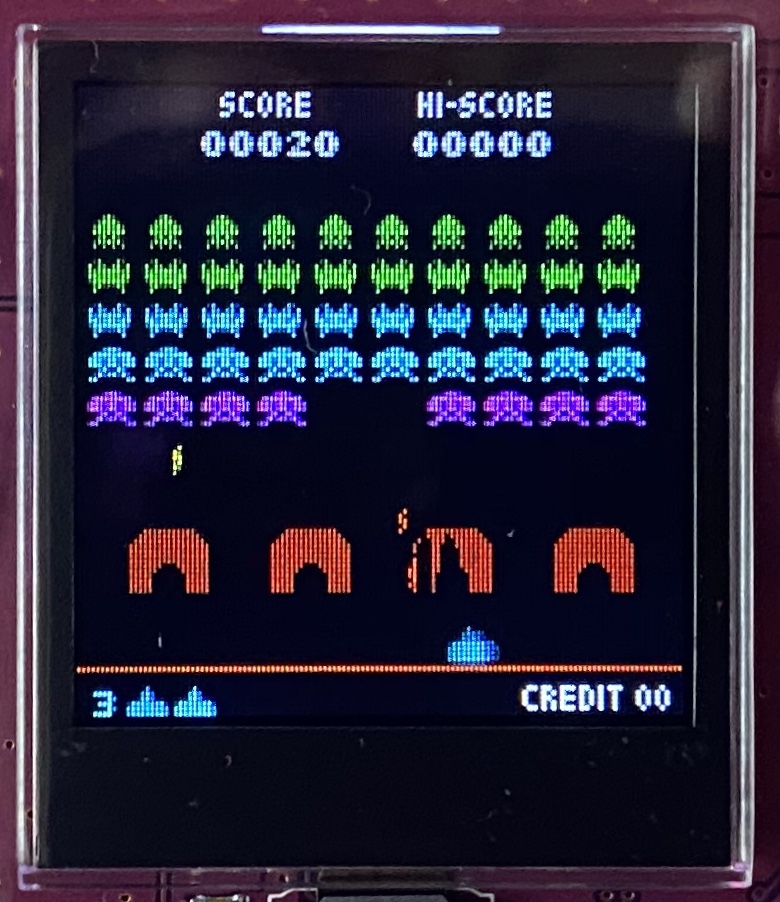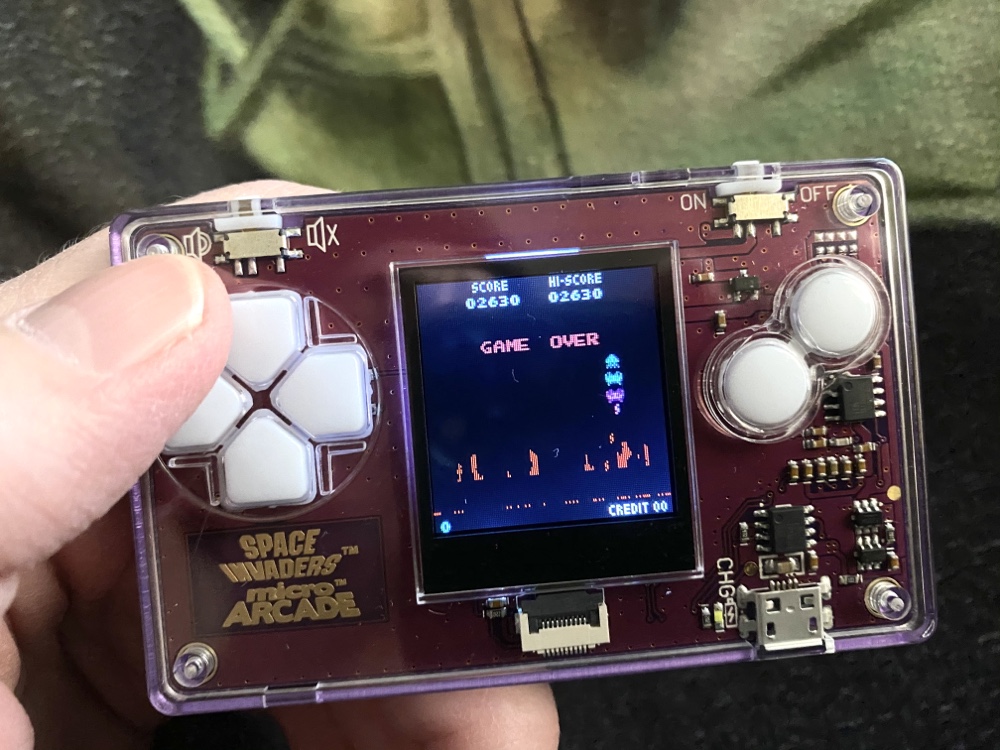The PlayStation 2 (PS2) was Sony’s second game console, and was a dramatic upgrade to the original PlayStation. Released in the USA in late October 2000, I got my first PS2 a few weeks later from Working Designs, since I was then writing content for their website.
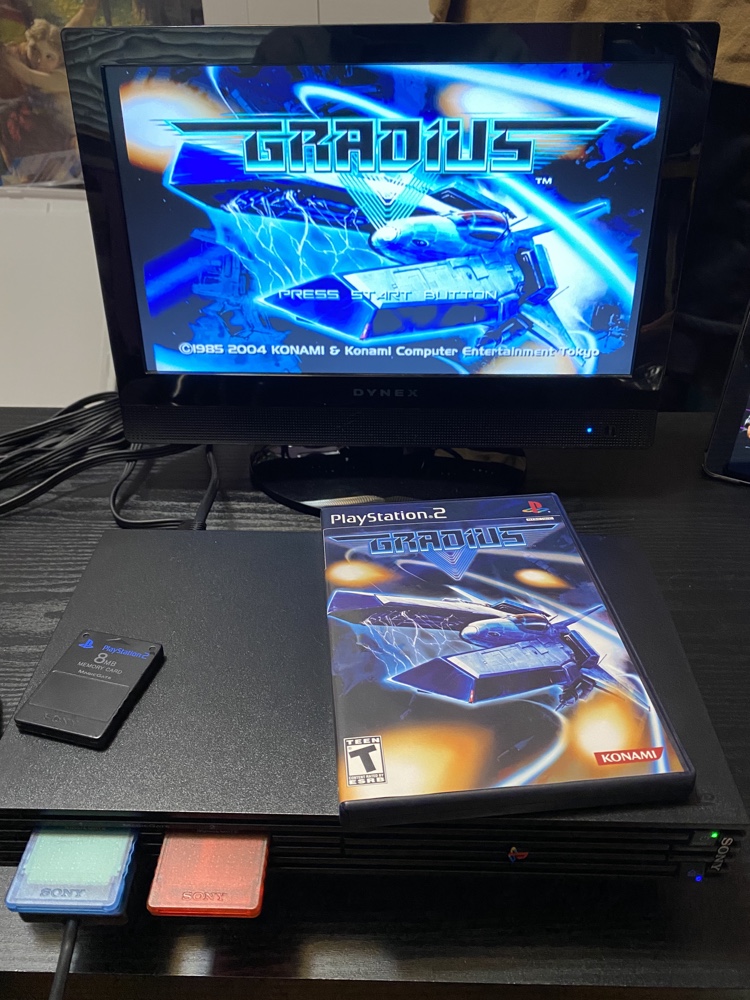
It was an extremely successful console – to date the most successful (although it will almost certainly be surpassed by the Switch) – selling over 150 million units in over 12 years of life. It has a massive game library and many extremely successful franchises that continue to this day began on the PS2. Historically, this will always be remembered as one of the most important game consoles in history.
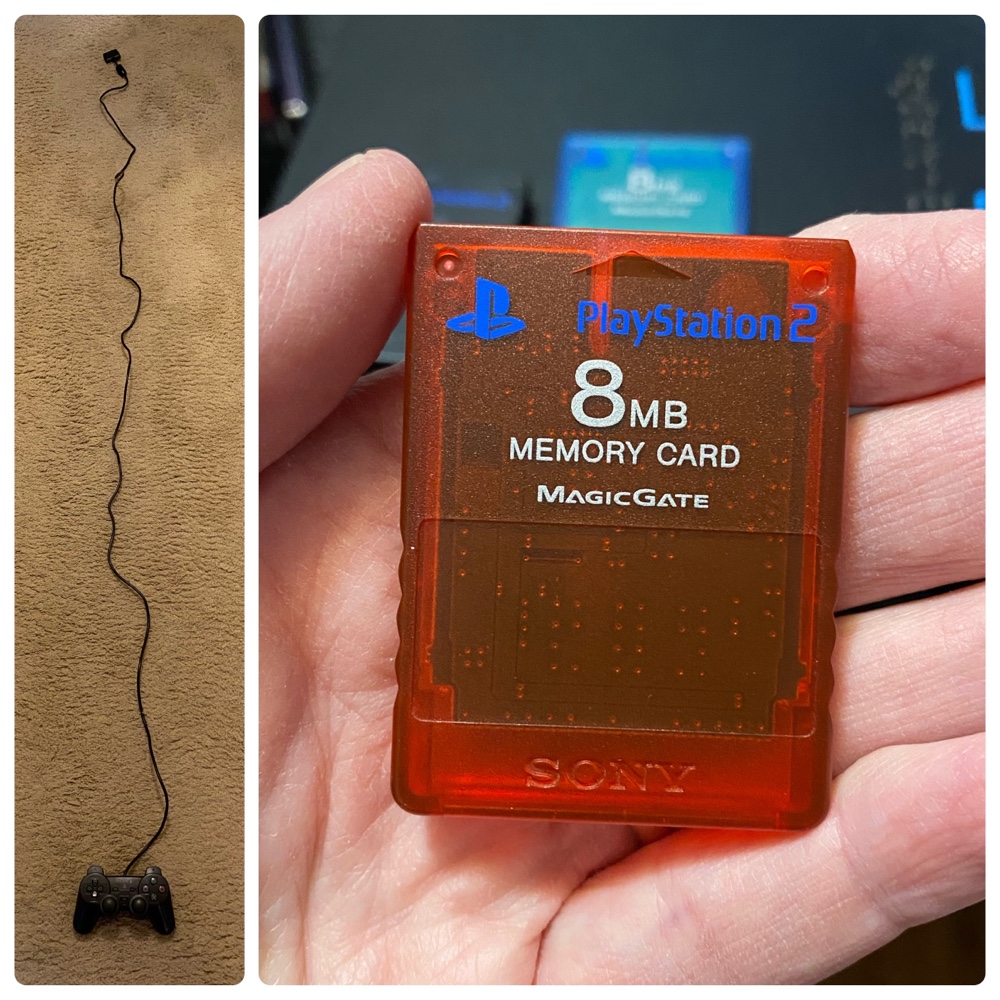
Even though it’s still relatively young, some elements of the console feel archaic today, such as the use of dedicated memory cards for storage, the wired controllers and the lack of any built-in internet support. It did however play DVDs, and for many homes was their first DVD player, which was one reason for its great success.
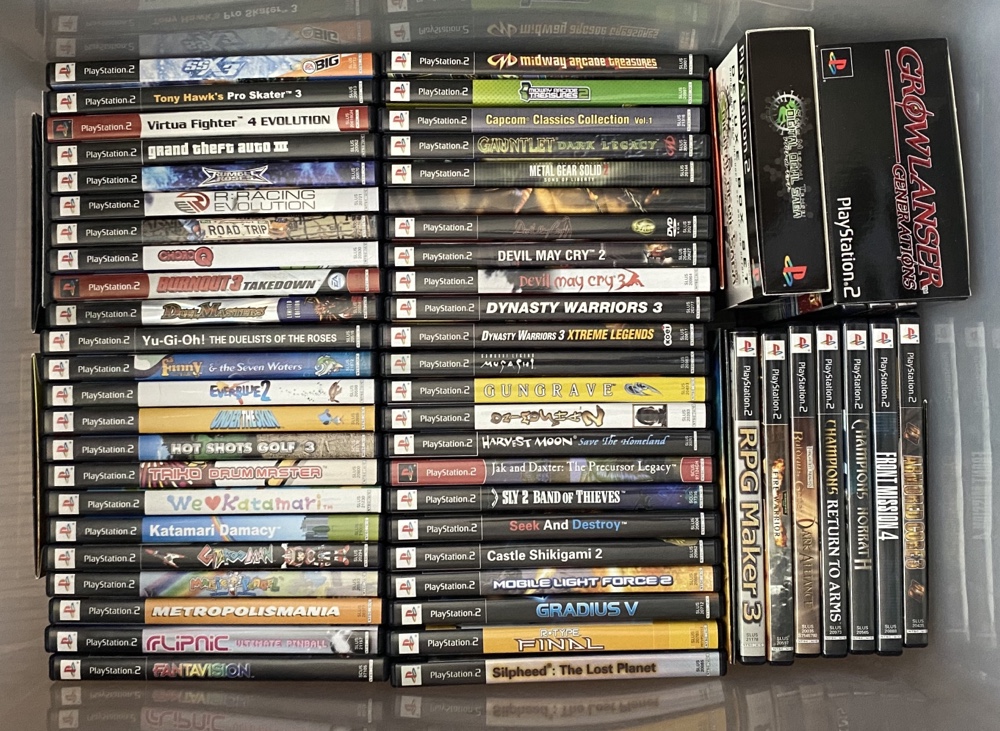
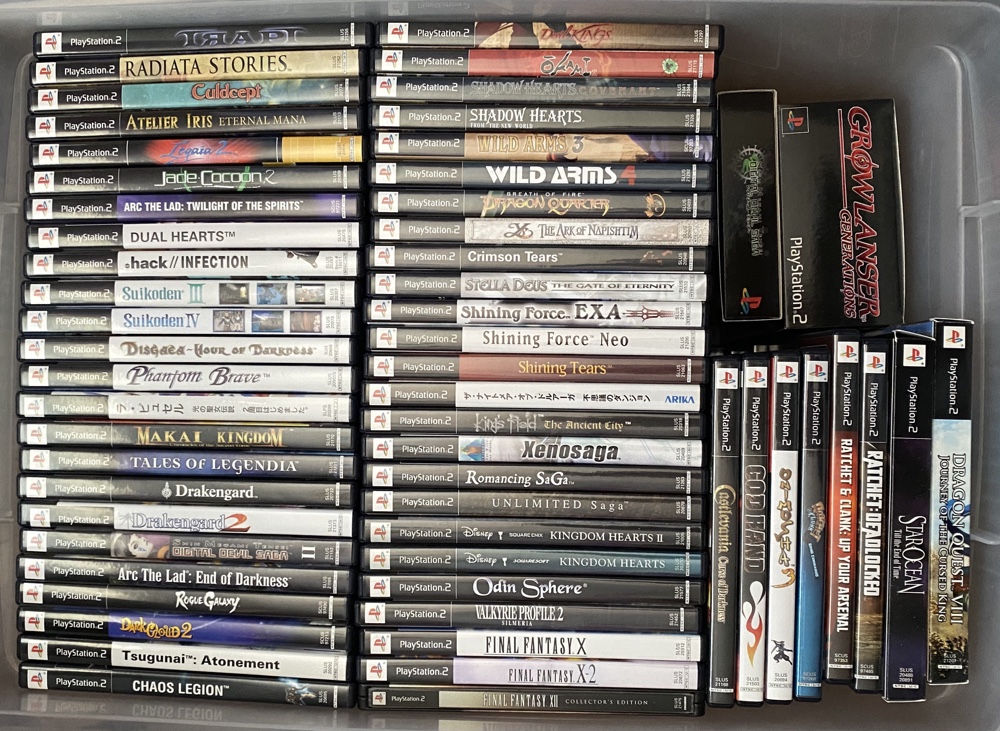
Over its lifetime I bought well over 150 PS2 games, but I traded many in and my remaining collection (115 games) is shown above. Unsurprisingly this is mostly RPGs (since I was reviewing all of them in those days), and virtually every game you can see was beaten to completion.
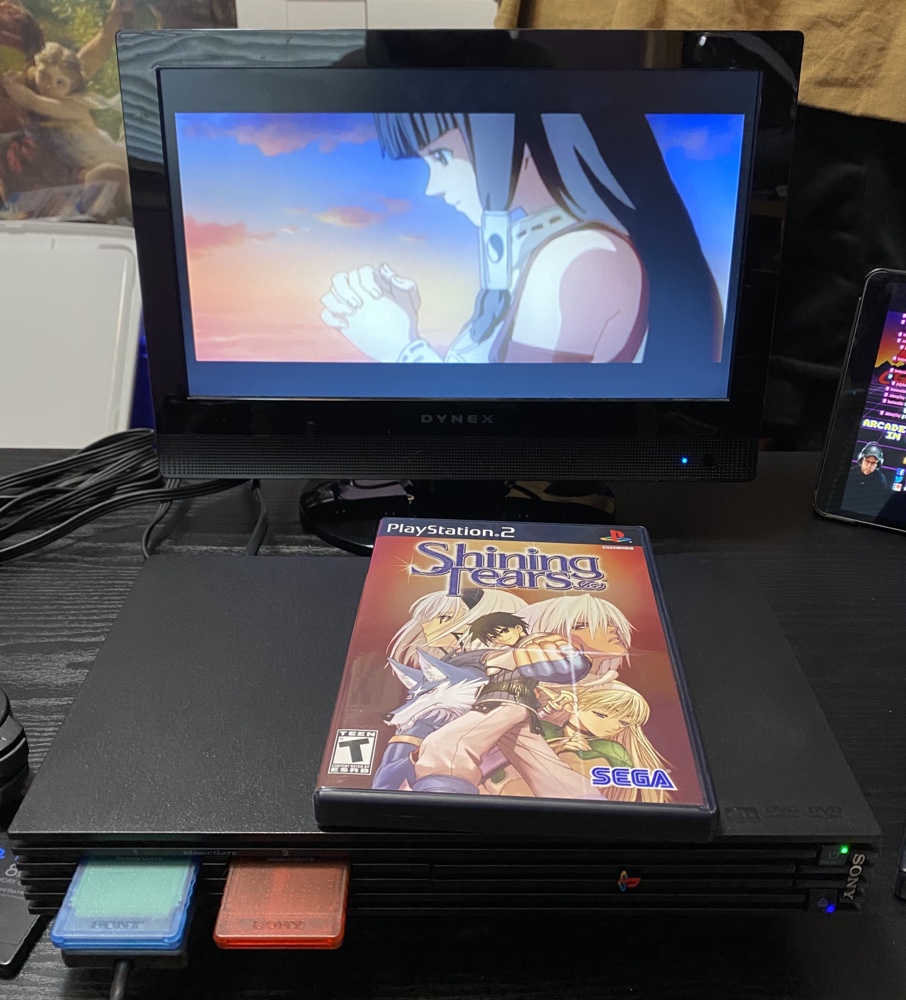
The graphics hold up reasonably well these days: certainly much better than the original PlayStation. This was also the era in which cutscenes really took off since loading time and video quality had improved significantly over the previous generation. Playing the games now isn’t too great though since the (first generation) Dual Shock analogue controllers feel slow and stiff, and the memory stick system is clumsy.
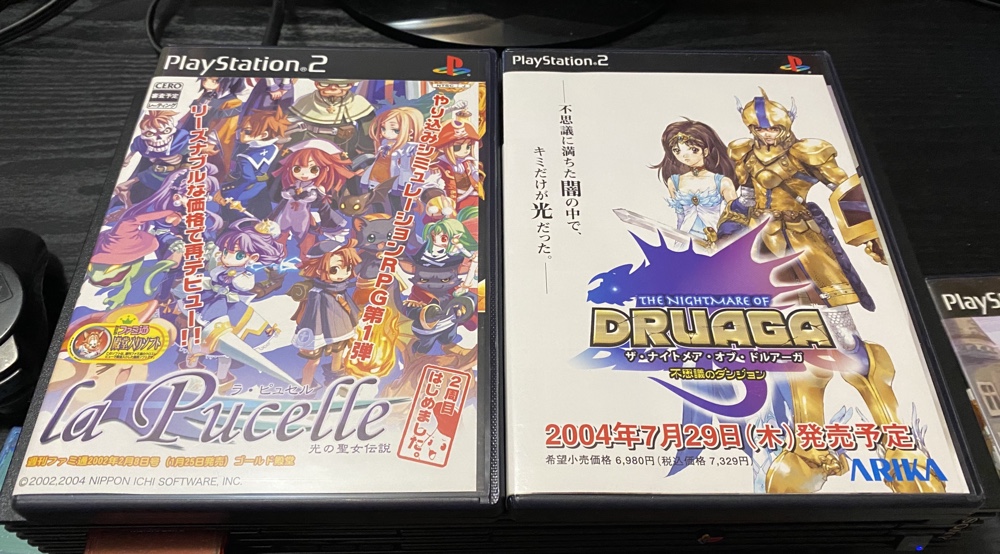
The PS2 was also regionless, and this was the era in which I started semi-regular trips to Japan. That said I only bought two PS2 games while I was there, both of which I beat completely despite having not being able to read the text!
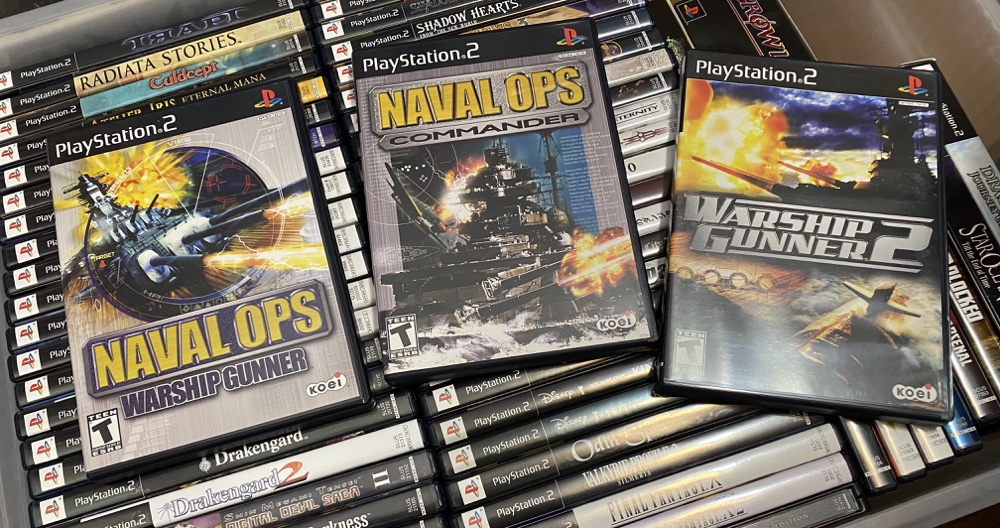
As I said there’s a plethora of incredible games on the system, including the mighty Final Fantasy XII, the Ratchet & Clank games, the first Monster Hunter and many others. But for me the Naval Ops series will always be remembered fondly. These are action games in which you develop and fight warships in combat. It starts off realistic enough, but by the end you have star destroyer sized submarines with wave guns and laser cannons. They’re all fantastic!
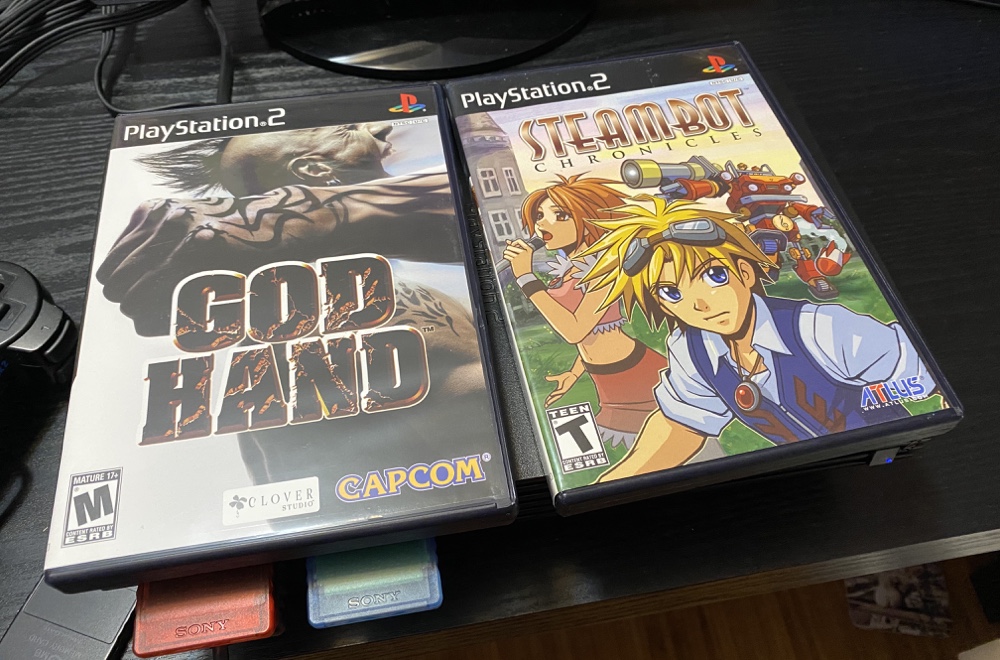
For an extremely popular system with so many great games there’s relatively few ‘holy grails’ on the system as far as collecting is worth, and the vast majority of games these days can be bought for less than when they first came out. The two shown above are probably the rarest in my collection, each worth over $100, which is modest compared to games on other systems.
As the PlayStation has evolved through the generations (now up to the PlayStation 5) the differences between successive iterations has become less and less. I feel the PS1-to-PS2 jump was the biggest, and for that reason remember this console more fondly than any other PlayStation. That said I’m not overly nostalgic about it (or it’s games) like I am handheld or Nintendo systems.
It was fun getting it out and firing up the games for a spin, but I think if the day arrives I decide to sell more of my collection it’s likely my PS2 games will be on the list.

